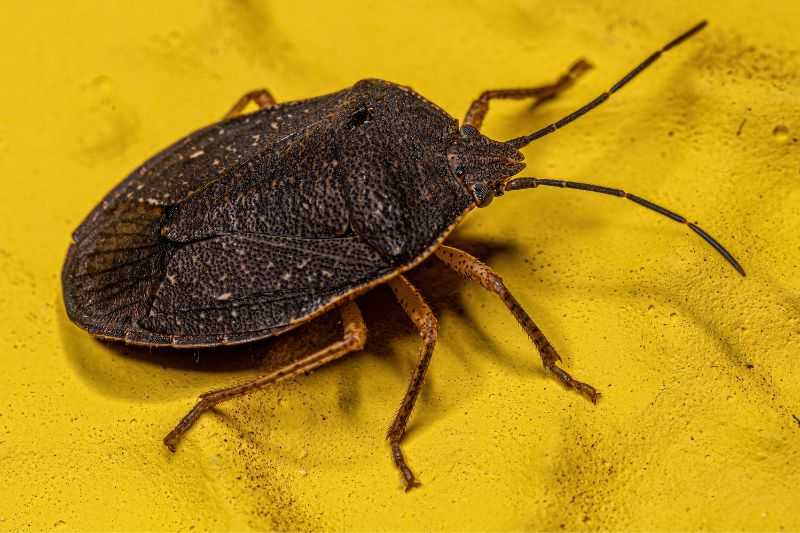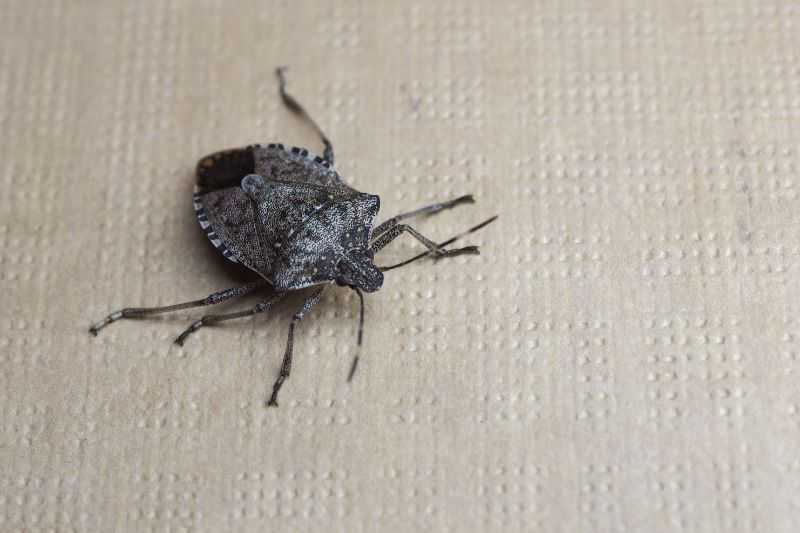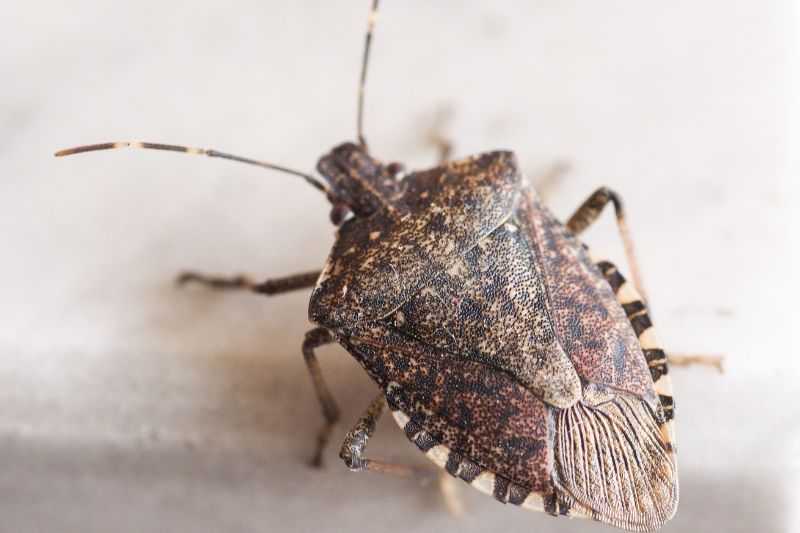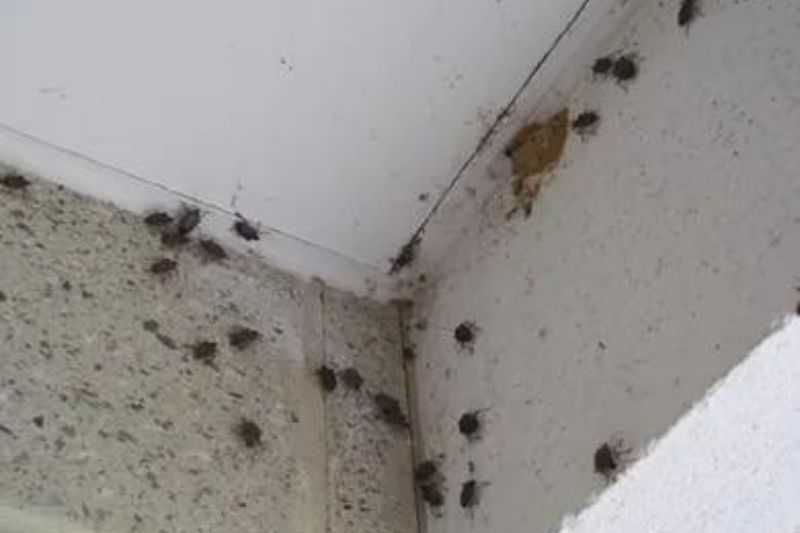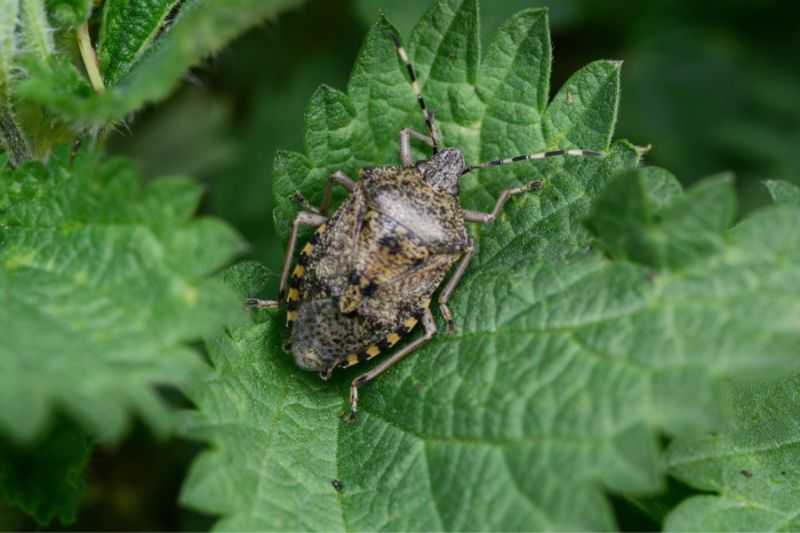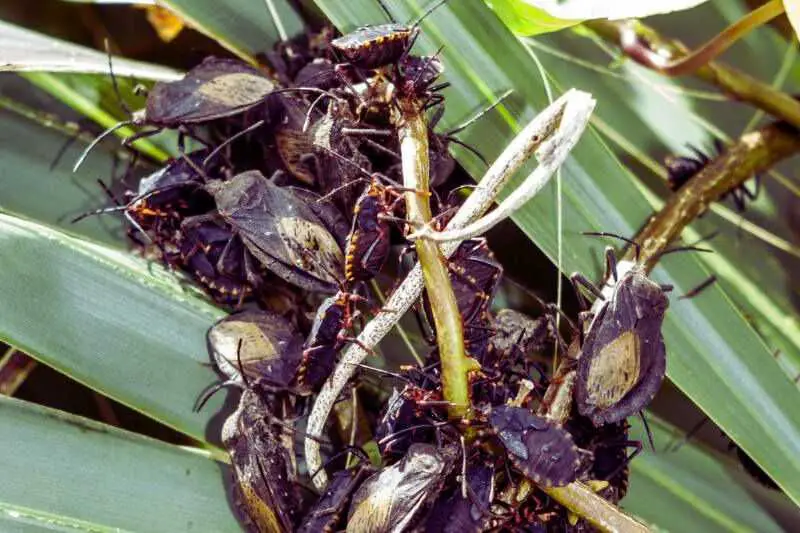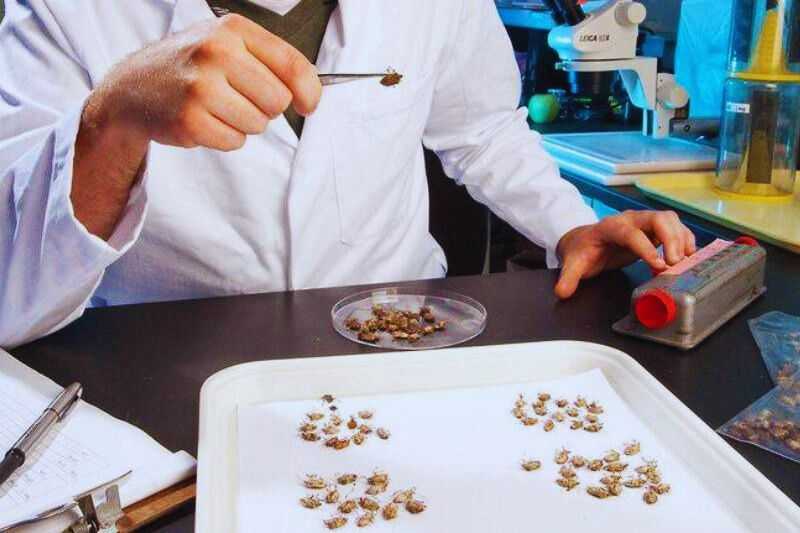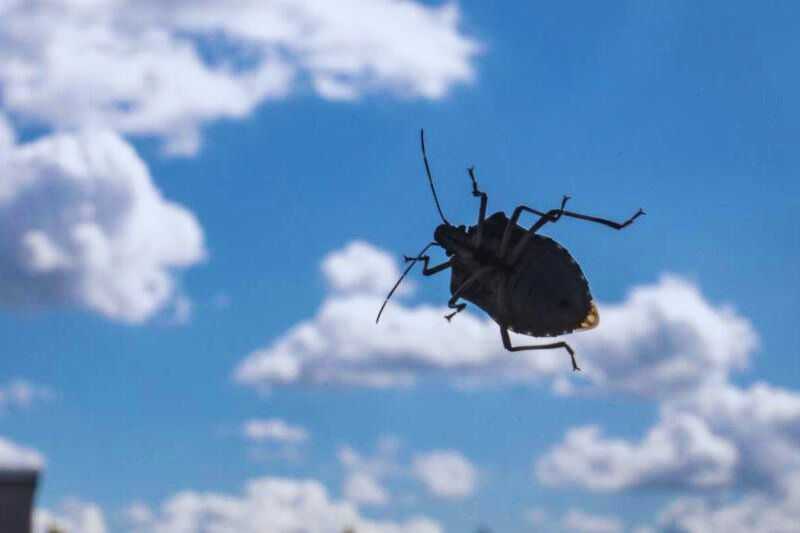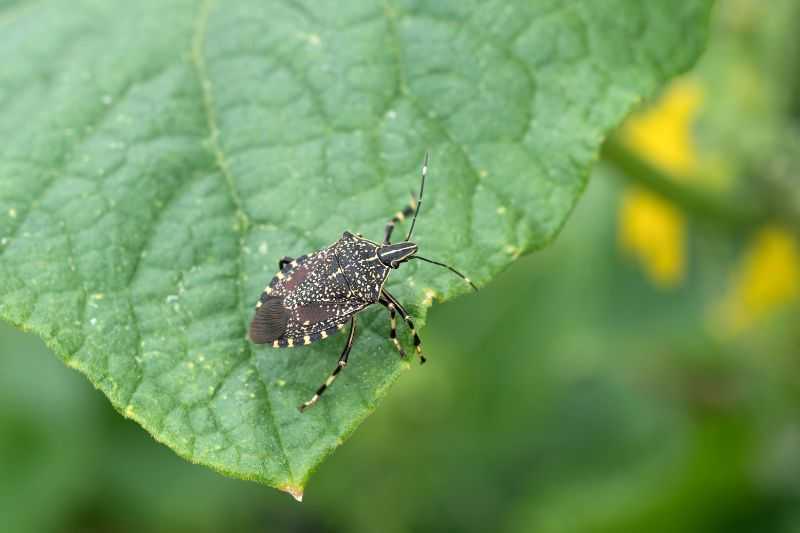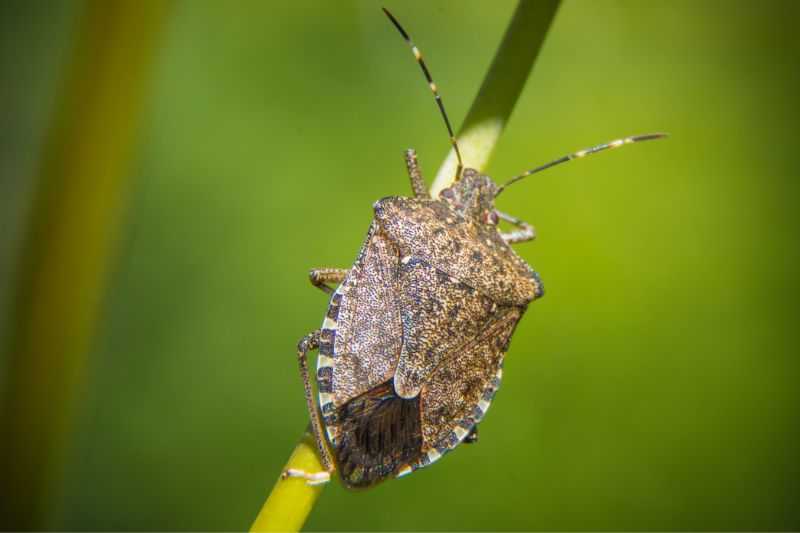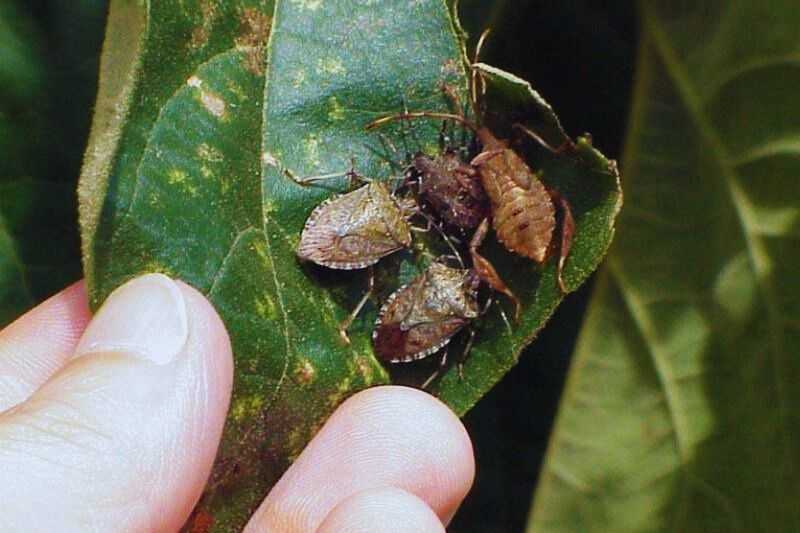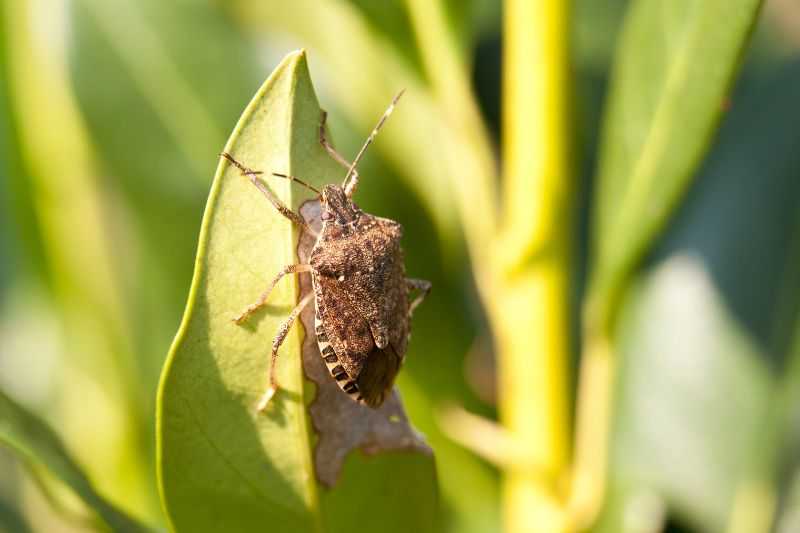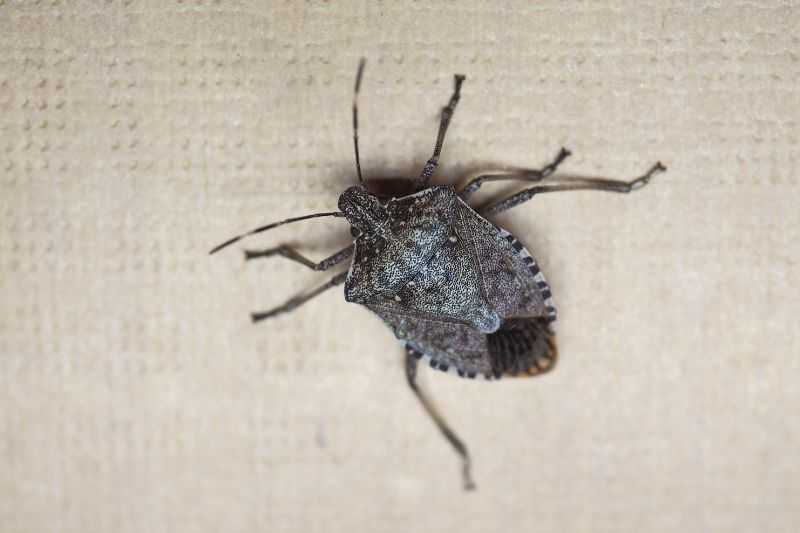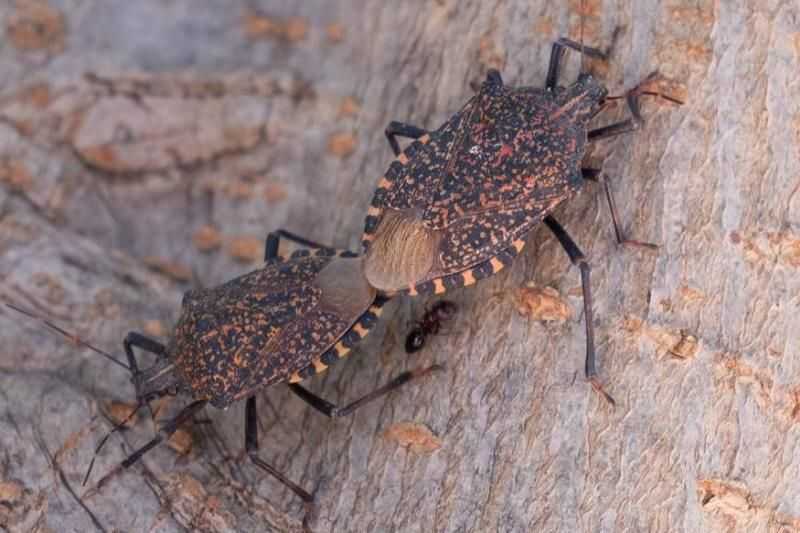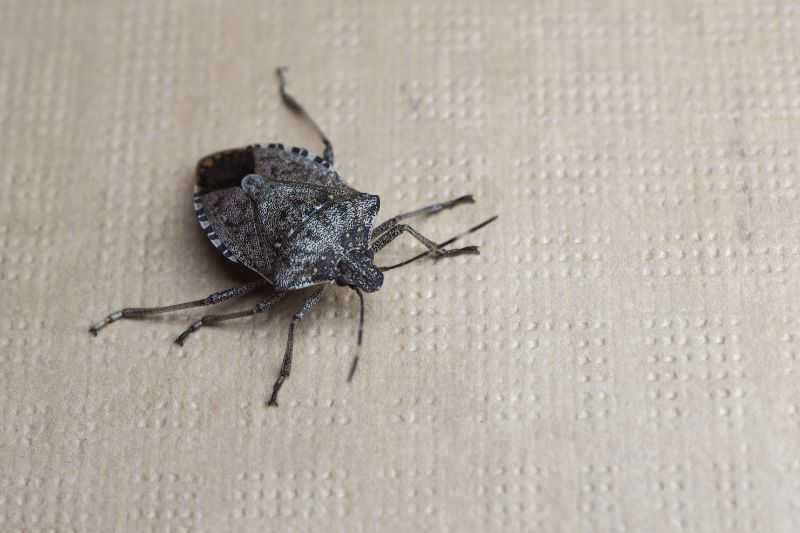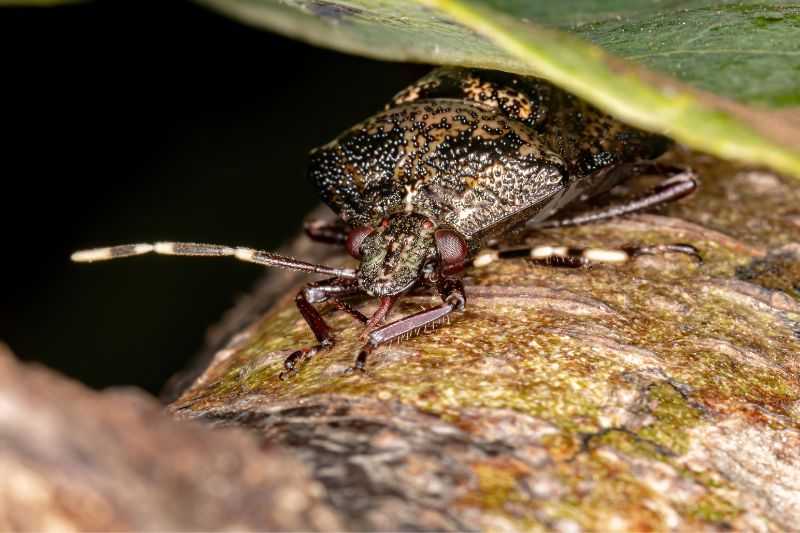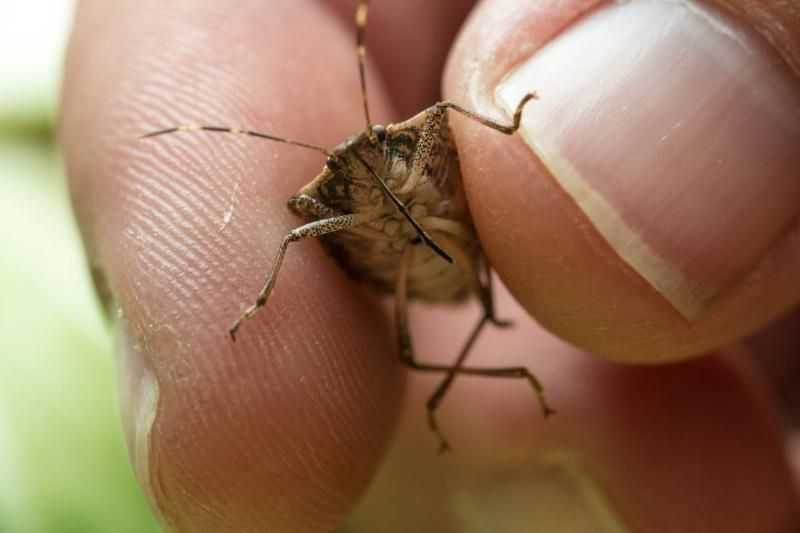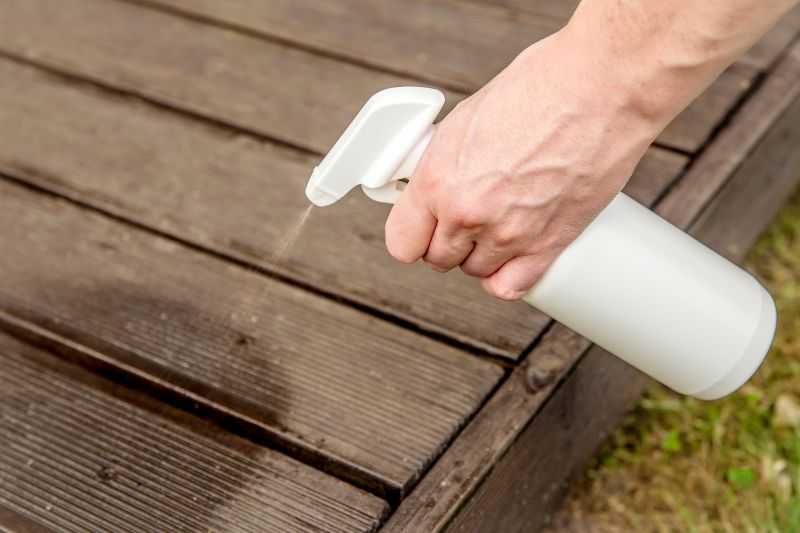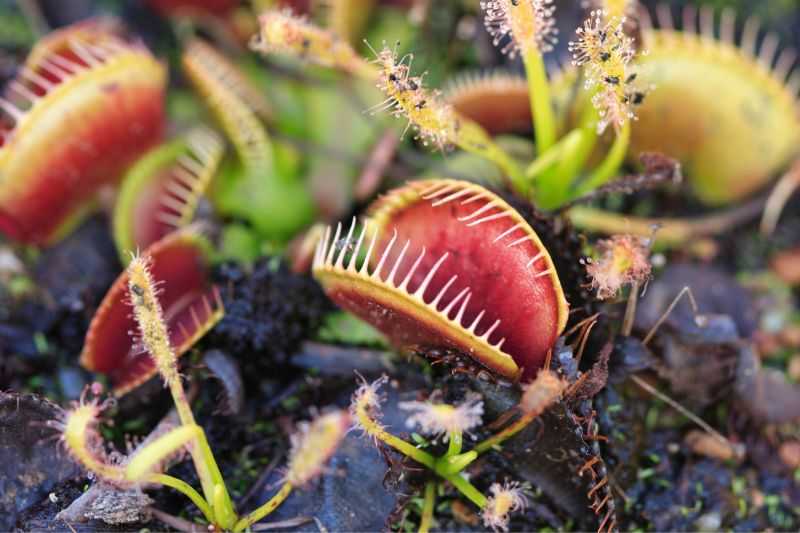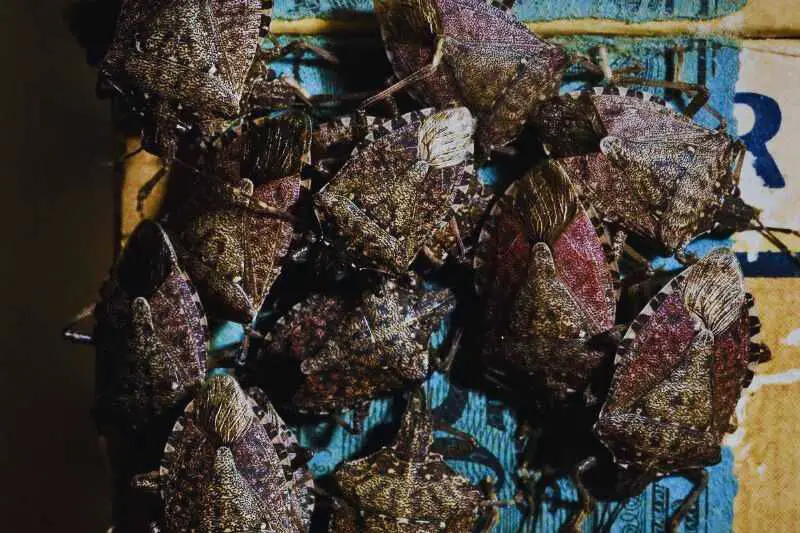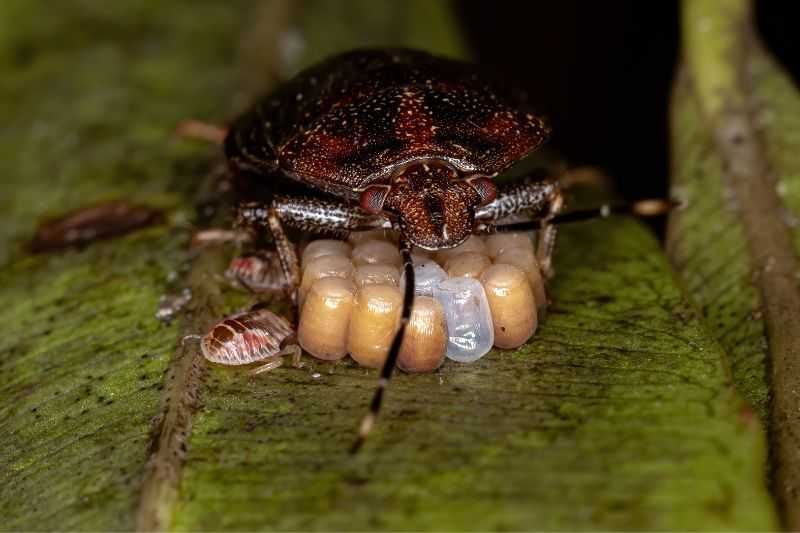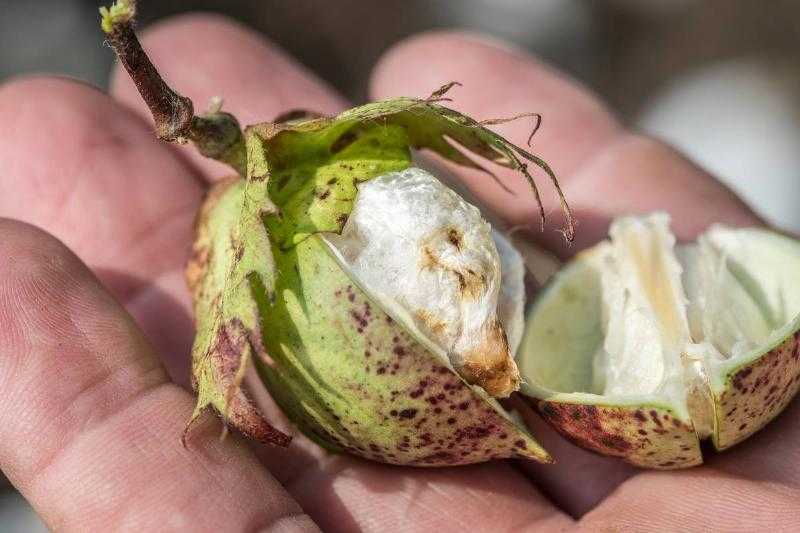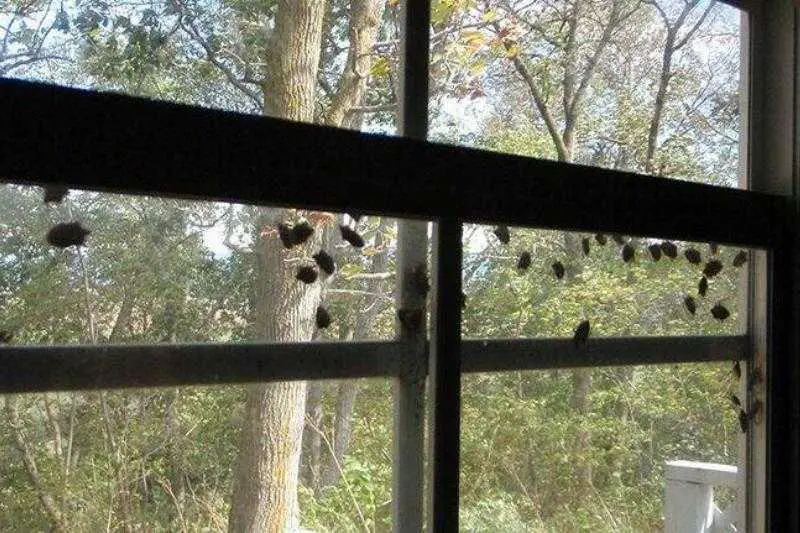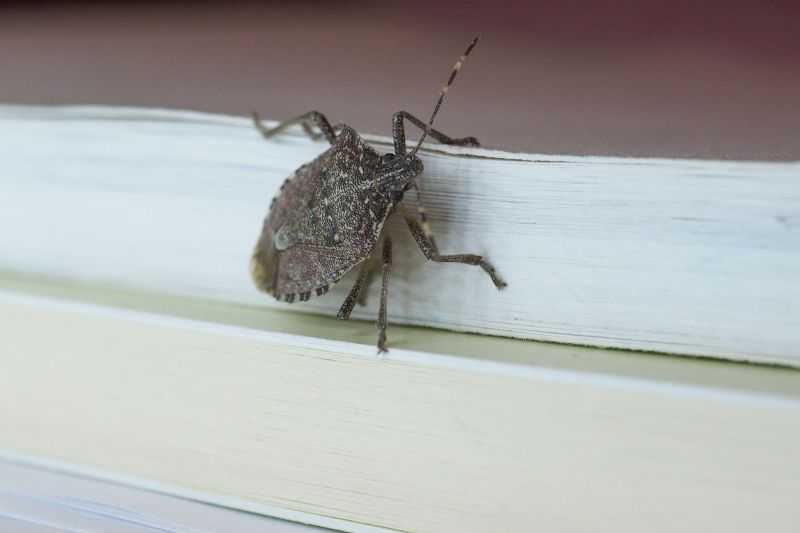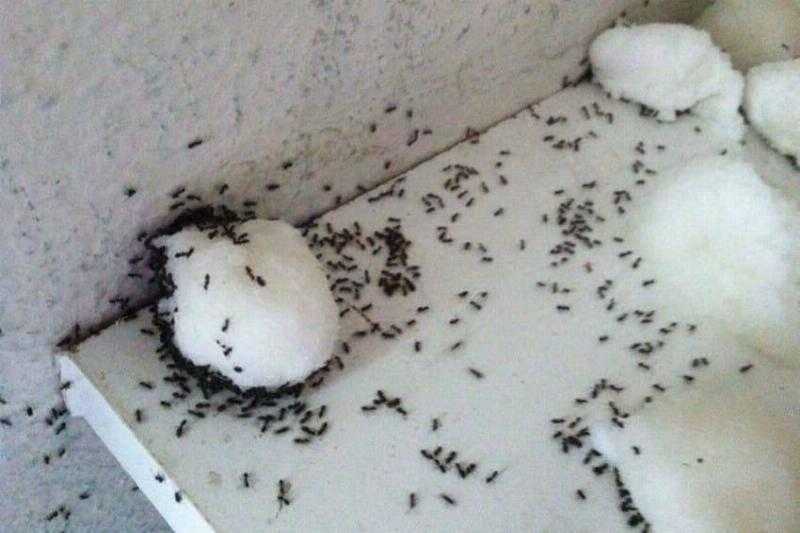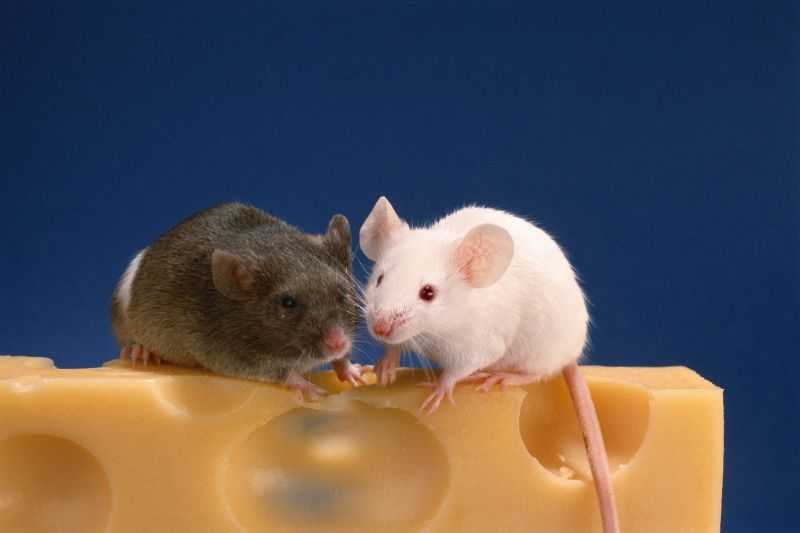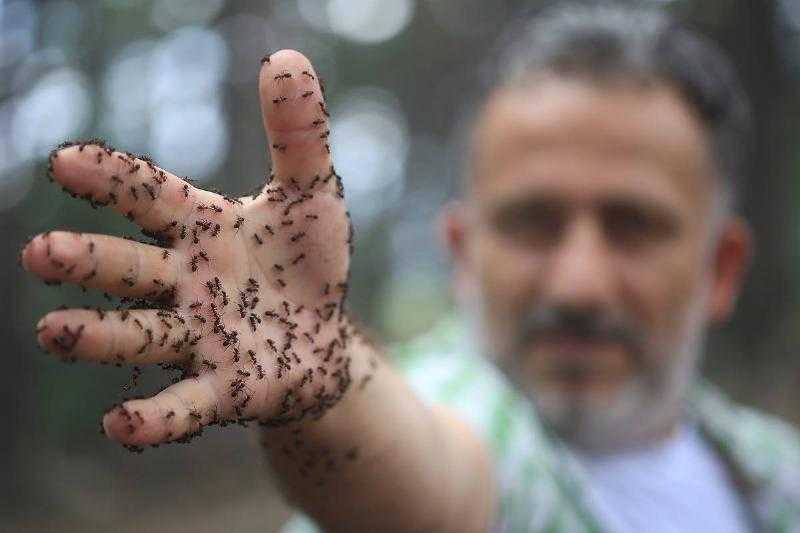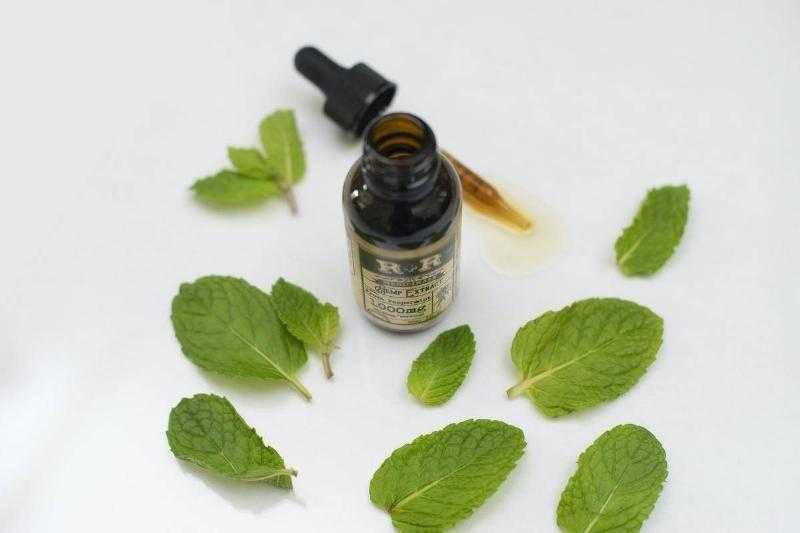Experts caution people to remain vigilant for a solitary brown bug that conceals itself in flowerbeds, grass, and household crevices. Despite its unassuming appearance, this troublesome insect is notorious for wreaking havoc in gardens.
Stay on guard! Upon sighting it, individuals should heed the forthcoming instructions.
It’s merely a small brown insect
Detecting insects can be challenging, particularly in densely wooded areas or amidst abundant flowers where they can easily camouflage, especially when they are small and brown. Regrettably, experts emphasize the importance of remaining vigilant and actively looking out for them.
The body bears a resemblance to a shield
Specialists advise individuals to remain vigilant outdoors as there is a possibility of encountering a small brown insect in their yard. With six legs and a body reminiscent of a medieval shield, this insect possesses a distinctive appearance but can be challenging to detect. At full maturity, it typically measures only about 0.7 inches in length.
Tiny Doesn’t Equate to Innocuous
These diminutive brown creatures may appear small, yet their size belies the significant havoc they can wreak if left unnoticed. This underscores the necessity for people to maintain a heightened level of vigilance, as these insects are capable of traversing various terrains, possessing wings and the ability to infiltrate unexpected locations such as households.
They will discover their path leading into the house
These wings are not to be underestimated. Should they desire, these insects will take flight and infiltrate a person’s home through walls, crevices, or even curtains. It is crucial for individuals to remain vigilant upon spotting brown bugs in the vicinity.
The Stink Bug with Brown Marmorated Coloration
Remaining vigilant about the insects buzzing in the yard is crucial, particularly concerning the Halyomorpha halys, commonly known as the brown marmorated stink bug. It’s indeed an aptly dreadful name for a pest notorious for its penchant to invade gardens and homes whenever possible.
It was inadvertently introduced to the USA in 1998
Originating in Asia, particularly in Korea, China, and Japan, the brown marmorated stink bug was first discovered in Allentown, Pennsylvania, in 1998. Scientists speculate that it was inadvertently transported from its native habitat. Regrettably, it swiftly established itself as a significant pest in the Eastern United States.
Max Barclay has a notion about the bug’s journey
Tracing its roots, an expert posits a theory on the invasive stink bug’s journey across multiple countries.
Max Barclay, head curator of the Coleoptera collection at the National History Museum, suggests that it likely began with the bug’s initial arrival in the United Kingdom.
He foresaw their return in 2014
In 2014, Barclay remarked that he anticipated the brown marmorated stink bug’s eventual migration from the east to Britain, asserting it was merely a question of time.
His prediction proved accurate when the first stink bug was sighted in the gardens of the Natural History Museum in 2020.
Shipping Crates, Pallets, And Packaging
Unfortunately, along with that forecast, came another grim reality — the invasion of stink bugs, which showed no signs of departing and swiftly made themselves at home.
Barclay explained, “Stink bugs are migrating indoors for hibernation during winter, likely hitching rides in shipping crates, pallets, and packaging from international trade.
They Thrive In Warm Weather
In cold climates, these insects struggle to survive, seeking refuge in shipping crates to enter a dormant state known as ‘diapause’ during the chilly months. However, once winter ends, their behavior becomes unpredictable.
Stink bugs have a strong affinity for warm weather, flourishing in such conditions.
Climate Change Is Helping The Stink Bug Invade New Areas
Amidst the ongoing discourse surrounding climate change and the steady rise in global temperatures each year, there’s a looming concern of a significant invasion of stink bugs!
Research published in the International Journal of Biometeorology suggests that by the 2010s, these bugs could find their way to Switzerland, potentially establishing a new habitat in the country.
They Made Their Way To Switzerland
The findings of their study proved accurate. As outlined in the journal, “Since 2017, Switzerland has witnessed both crop damage and rising insect populations attributed to escalating temperatures.”
Dr. Tim Haye, a specialist featured in the publication, shared insights regarding the correlation between the stink bug and climate conditions.
It Is Bad News For The Swiss People
Employed at the Centre for Agriculture and Biosciences International, Dr. Haye possesses substantial expertise in invasive insects, notably the stink bug. In his paper, he asserted, “There is compelling evidence indicating that climate change is already altering species dynamics.”
“It is clear that the proliferation of non-native species will escalate, facilitated by climate change. The north-western region of Switzerland may become entirely hospitable for H. halys.
Higher Altitudes Aren’t Safe Either
In the paper, Dr. Haye elaborated on the potential areas in Switzerland where stink bugs could infest. He indicated that the insects would move southwards, with the expected expansion of their range reaching the foothills of the Alps. Furthermore, he noted that higher latitudes in the alpine valleys might become suitable habitats under future climate conditions. Dr. Haye recommended monitoring the spread and population growth of stink bugs in the north-western region of Switzerland and at higher elevations in the southern valleys.
Infestations Can Reach Into The 1,000s
According to the paper’s findings, it’s just a matter of time until the stink bug population becomes unmanageable. Therefore, it’s crucial to stay vigilant for any shield-shaped bugs lurking in your yard and home. Preventing an infestation of up to 1,000 of these insects is imperative.
They Made Their Way From Pennsylvania To North Carolina
However, it wasn’t until 1998 that these bugs found their way into the United States. They initially spread from Pennsylvania to New Jersey and eventually reached Virginia by 2004.
More recently, stink bugs have established themselves in North Carolina, marking their latest habitat. Yet, their infestation is not limited to the eastern seaboard alone.
25 Years And 44 States Later
Regrettably, stink bugs haven’t remained confined to the eastern seaboard; instead, they’ve managed to spread across a staggering 44 out of the 50 states in the United States. Astonishingly, it took these diminutive pests a mere 25 years to achieve this widespread infestation.
They Smell Like Cilantro Or Almonds
The stink bug earned its moniker due to the pungent odor it emits. While some liken its scent to herbs, particularly cilantro, others perceive it as reminiscent of almonds.
Regardless, if one detects the aroma of either in their garden where none are cultivated, there’s certainly cause for concern!
There Is No Way To Wipe Out An Invasive Species
Unfortunately, completely eradicating invasive species such as the stink bug is not feasible; our efforts are limited to containment. Barclay noted in an interview with The Guardian that stink bugs tend to establish themselves rapidly. This pattern mirrors previous encounters with invasive species. Once introduced, like the harlequin ladybird from China in 2006 in the United Kingdom, they swiftly proliferate and become widespread.
Solution: Contain The Pest
Although a permanent solution to completely eradicate stink bugs does not exist, individuals can take several steps to mitigate the nuisance.
Whether they’re buzzing around plants and crops or settling on the walls and curtains indoors, it’s helpful to remember these strategies to manage the presence of shield-shaped bugs.
Solution One: Remove Weeds And Other Obstructions
If one notices these small brown bugs, their initial instinct may be to head into the garden and remove all weeds. Stink bugs have a penchant for hiding amidst weeds and any other vegetation that offers camouflage. Consequently, removing lawn ornaments is also advisable in this situation.
Solution Two: Homemade Repellent
If pulling out weeds doesn’t solve the problem, consider trying a DIY insect repellent. Gardening Know How suggests a potent homemade solution to tackle pesky stink bugs: blend kaolin clay (mineral clay), 15 milliliters of dish soap, and a couple of gallons of water.
Combine the ingredients thoroughly, pour the mixture into a spray bottle, and apply it generously in affected areas.
The Mixture Is Harmless To Plants
As per Gardening Know How, stink bugs won’t nibble on leaves, crops, or venture near anything treated with this concoction. What’s more, it effectively deters them from laying eggs!
Moreover, the mixture poses no harm to plants and crops. Simply ensure to thoroughly rinse fruits and vegetables with water before consuming.
Solution Three: A “Trap Plant”
Stink bugs have a penchant for yellow flowers like sunflowers, making them prime candidates for a “trap plant.” Utilizing any yellow flora can help divert these pests. However, it’s important to note that a trap plant isn’t about placing a Venus flytrap next to a yellow flower! Instead, the concept aims to lure stink bugs away from other plants and areas.
Plant The Trap Away From Everything
To effectively utilize a “trap plant,” one should consider planting yellow flowers in a separate area of the yard, distant from other crops and flowers. By doing so, stink bugs are likely to gather there, away from the main garden. Afterward, it’s left to the individual to decide how to manage the bugs.
Next Steps: Disposing Of The Trap Plant
After setting the trap and attracting stink bugs, the planter has the freedom to choose their next course of action. Fortunately, there are several options available. One possibility is to simply observe and allow nature to run its course. This entails leaving the plant undisturbed, allowing birds and other creatures to naturally control the insect population by feeding on the bugs.
Or Dig Up The Plant And Put It In A Plastic Bag
An alternative approach entails waiting until several stink bugs find their way to the trap plant. Once this occurs, carefully uproot the flower and place it inside a plastic garbage bag for disposal. However, refrain from simply discarding it, as the bugs may escape! Instead, position the bag in direct sunlight. The heat will effectively eliminate the bugs within a few days.
They particularly enjoy fruits and vegetables
In reality, the odor is the least worrisome aspect. These insects pose the most significant threat, targeting the garden directly.
They eagerly consume fruits and vegetables, capable of decimating an entire crop if left unchecked and unaddressed.
$40 Million Worth Of Apples Was Ruined
In just 2010, farmers suffered losses of approximately $40 million due to an oversight in detecting stink bug infestations in their apple orchards. Rather than consuming the fruit entirely, stink bugs leave behind unsightly brown blemishes where they feed.
Adding to the devastation, these pests have a penchant for grapes, posing a severe threat to vineyards as their foul odor can contaminate entire wine stocks.
For a House, Sealants Are Key
In safeguarding a home, the approach to defense varies. It’s crucial to meticulously seal all openings using a dependable sealant. This prevents stink bugs from finding entry points and, consequently, avoids infestation within the house.
When All Else Fails, Use A Vacuum Cleaner
Unfortunately, there are occasions when sealant fails to keep stink bugs out of a house. If you encounter this situation, there’s no cause for immediate concern. The solution is simple: use a vacuum cleaner to swiftly eliminate these bothersome insects!
Just remember to promptly dispose of the vacuum bag to prevent their odor from lingering.
It Is So Important To Keep An Eye Out For This Insect
From weeding and concocting homemade repellents to setting trap flowers, sealing entry points, or resorting to vacuuming, the consensus remains unwavering: the last thing anyone desires is contending with an invasive species such as stink bugs.
Vigilance is paramount in monitoring for these insects, particularly preemptively, before an infestation takes hold of the garden or household.
Catnip Works More Than Most Insect Repellants
Despite cats’ fondness for catnip, insects detest it. A study conducted in 2001 by researchers at Iowa State University compared the effectiveness of catnip oil to that of Diethyl-m-toluamide (DEET), a common ingredient in store-bought insect repellents. Surprisingly, catnip oil proved to be ten times more effective at repelling mosquitoes and roaches than DEET.
However, there is a drawback. The catnip oil used in the study was highly concentrated, indicating that significant amounts of catnip or its essential oil would be required to effectively deter bugs. Nevertheless, cultivating a catnip plant in your home can still offer numerous benefits.
Clean Out Pests With Baking Soda
Baking soda, known scientifically as sodium bicarbonate, serves as a natural insecticide. According to the EPA, bugs consuming the powder succumb to the carbon dioxide it releases, effectively eliminating them. This method is particularly effective against ants, slugs, beetles, roaches, and various other pests.
To address an ant-infested mound outdoors, simply sprinkle two cups of baking soda over it. Afterward, apply some vinegar to complete the extermination process. For roaches, strategically position an empty coffee can partially filled with baking soda to attract and eliminate them.
How Borax Destroys The Thorax
If ants are troubling you, consider using borax, a shortened term for sodium tetraborate decahydrate, a naturally occurring compound found in desert mines. When ingested by bugs, borax proves toxic to them. Ants tend to transport borax particles back to their colonies, ultimately leading to their demise.
Moreover, borax is effective against a variety of pests including roaches, fleas, beetles, and silverfish. Simply sprinkle borax in areas where bugs are present or combine it with corn starch to form a paste that repels insects.
Why People Rub Dryer Sheets On Their Arms
According to an old wives’ tale, placing a dryer sheet in your pocket can deter bugs, and there’s some scientific validity to this advice. Research indicates that gnats have a tendency to steer clear of dryer sheets due to their chemical composition.
Two specific ingredients in dryer sheets, linalool and beta-cintronellol, possess insecticidal properties that are detrimental to bugs such as mosquitoes. Yet, it remains uncertain whether dryer sheets effectively prevent mosquito bites. Nonetheless, rubbing a dryer sheet on your arms might effectively repel gnats and mites.
Prevent Bug Bites With Coconut Oil
According to a 2018 study in Scientific Reports, coconut oil has been found to be a potent insect repellent. It appears that insects, including ticks and mosquitoes, are deterred by the presence of certain fatty acids in coconut oil. Researchers identify lauric acid, capric acid, and caprylic acid as the key anti-insect components in coconut oil.
Notably, coconut oil is both safe for consumption and topical application. When applied to the skin, it has the potential to ward off bug bites. However, due to its viscosity, it may leave a temporary oily sensation.
Instant Mashed Potatoes: A Non-Toxic Rat Bait
To prevent the presence of deceased mice in your household, consider using a non-toxic bait method. Scatter instant mashed potatoes, also known as potato flakes, in various locations around your home. Allow the flakes to remain dry for now, without mixing them with water.
The mice will consume these dry flakes, and upon drinking water thereafter, the flakes will expand within their digestive systems. This expansion will lead to swift internal bleeding, resulting in their rapid demise. This approach ensures a tidy solution without the need for messy traps.
Cornstarch
In recent experiments, scientists have harnessed the power of cornstarch as a natural weapon against insects. Their investigations revealed its efficacy against termites and plant-devouring pests. Many gardeners advocate for its use, asserting that it shields tomatoes from worms and other pests.
The aversion of pests to cornstarch is attributed to its chemical composition and scent, which they find repelling. Additionally, the fine texture of the powder can suffocate insects. While some pesticide manufacturers incorporate cornstarch into their products, individuals can also employ it by scattering it in their gardens and homes. It can even be applied topically, although it’s advised to avoid the face.
Mice Actually Hate Cheese
Television often depicts mice being lured into traps with cheese, but research from Manchester Metropolitan University challenges this notion. Contrary to popular belief, mice have an aversion to cheese due to its strong odor. Instead, they gravitate towards high-calorie and high-sugar foods like peanuts, fruit, and bread, which provide them with ample energy. Consequently, these items make more effective bait for mouse traps. Interestingly, cheese can be strategically placed in areas where deterring mice is desired.
Stall Ants’ Tracks With Chalk
In 2018, a Twitter video went viral, demonstrating how a circle drawn with chalk could repel ants. It’s not that ants have an aversion to chalk per se; rather, it’s the texture of the chalk that disrupts their movement, forcing them to navigate around the drawn circle in confusion. Additionally, the chalk erases scent trails on the ground, further deterring the ants.
For outdoor dining, a temporary solution to keep ants at bay is drawing a chalk circle. While this method is not a long-term fix, it can provide a brief reprieve and safeguard your food and beverages from ant invasions. It’s worth noting that insecticidal chalk, although available in China, is prohibited in the United States.
What Do Ants Hate? Cucumber Peels!
Did you know that ants have an aversion to cucumbers, particularly their peels? This dislike stems from the presence of a compound called trans-2-nonenal in cucumber peels, a substance commonly found in commercial insecticide foams due to its bitter taste, which repels ants.
To effectively deter ants, simply peel a few cucumbers and locate any entry points where ants may be entering, such as windows or gaps around doors. Then, wipe down the surfaces with the cucumber peels and leave them in place. You’ll soon notice a decrease in ant activity in your home.
Create A Wormwood Mosquito Barrier
Wormwood, a perennial herb with a silver hue, is detested by mosquitoes due to its potent aroma and toxic effects on insect larvae, as reported by Planta Medica. Erecting a barrier of common wormwood (Artemisia absinthium) outdoors may serve as a deterrent against insects.
However, caution is advised when handling wormwood. Direct contact with the skin could result in irritation or a rash, making it imperative to avoid rubbing it on your skin. While burning wormwood is an option, it’s noteworthy that it possesses mild hallucinogenic properties. Therefore, it’s advisable to maintain the plant in its natural state.
Wash Bugs Away With Mouthwash
Despite its improbability, there are individuals who claim that using mouthwash can effectively repel insects. Certain brands, like Listerine, incorporate repellents such as eucalyptus oil. Despite the lack of formal testing on mouthwash’s effectiveness against insects, some people continue to employ it for this purpose.
To utilize mouthwash as an insect repellent, it’s advisable to dilute it to avoid an overpowering minty scent. Mix three parts mouthwash with one part water in a spray bottle. This diluted solution can then be sprayed along the perimeter of an area and on furniture legs without causing paint damage.
Citronella Isn’t Effective; Lemon Eucalyptus Is
While citronella oil is often touted as an insect repellent, its effectiveness is questionable. Derived from certain grasses, citronella oil can repel insects for up to two hours at best. However, most citronella candles contain less than 5% of this oil, rendering them largely ineffective.
Eric Hoffer from Hoffer Pest suggests opting for lemon eucalyptus oil instead. Extracted from the gum eucalyptus tree, this oil boasts a concentration of 30%, capable of warding off insects for extended periods.
For A Nice-Smelling Bug Repellent, Try Lavender Oil
Lavender oil not only boasts a delightful scent but also serves as a potent natural insect repellent. Its pleasant aroma, derived from linalool, a compound disliked by bugs according to the U.S. Environmental Protection Agency, makes it a compelling choice. Research indicates that this compound rivals, if not surpasses, the efficacy of commercial insecticides.
To utilize lavender oil effectively, it’s recommended to dilute it with a carrier oil like almond or jojoba. A general rule is to add one drop of lavender oil to every tablespoon of carrier oil. For repelling mosquitoes specifically, Colorado State University suggests blending it with cinnamon or tea tree oil.
Spiders Hate Peppermint Oil
Numerous individuals have discovered that peppermint essential oil effectively deters spiders, though the exact mechanism remains uncertain. One theory posits that spiders, which taste through their legs, avoid areas with potent odors such as those emitted by peppermint oil.
Regardless of the underlying rationale, peppermint oil can be utilized to repel spiders effectively. To create a spray, simply mix water, a small amount of dish soap, and five drops of essential oil in a 16-ounce spray bottle. Apply the solution to the openings around windows and doors, reapplying on a weekly basis or as needed every few days.
Insects Run From Rubbing Alcohol
Just like how rubbing alcohol can effectively eliminate germs, it also has the ability to eradicate bugs. Numerous online sources have touted rubbing alcohol as a potential deterrent for bedbugs. However, the practicality of applying isopropyl alcohol directly onto sheets is questionable.
Consider using rubbing alcohol as a means of insect repellent. By spraying it in adequately ventilated spaces, bugs are less likely to venture near. While not guaranteed to be foolproof, as indicated by a study, it could serve as a makeshift solution on a temporary basis.
Use Eucalyptus Oil Against Mice
Eucalyptus essential oil has been found to deter various pests. Research published in The Scientific World Journal indicates its effectiveness against mites, honeybees, moths, and termites. Additionally, when applied correctly, it can be utilized as a repellent against mice.
To utilize eucalyptus oil, saturate cotton balls with the oil and strategically position them throughout your home. Alternatively, dilute the oil with a carrier oil like almond or jojoba and apply it as a spray. For optimal results, reapply the solution daily. With consistent application, you may notice a decrease in pest activity.
Cinnamon Oil Kills Mosquitoes
A study conducted in Taiwan discovered that cinnamon oil effectively eradicates mosquito larvae. Additionally, due to its antibacterial properties, cinnamon essential oil is capable of combating mites, fungi, and termites, while also serving as a deterrent for bugs in the vicinity.
Lead researcher Peter Shang-Tzen Chang suggests, “We hypothesize that cinnamon oil may also act as a repellent against adult mosquitoes.” To utilize its benefits, mix two drops of cinnamon oil with lotion or a carrier oil before applying it to the skin.
